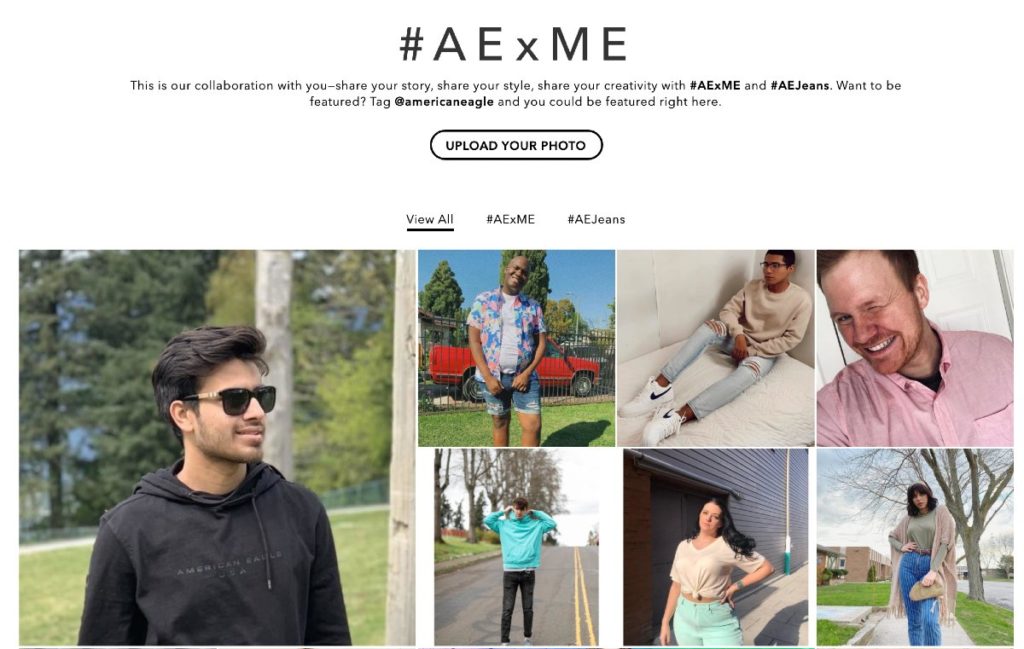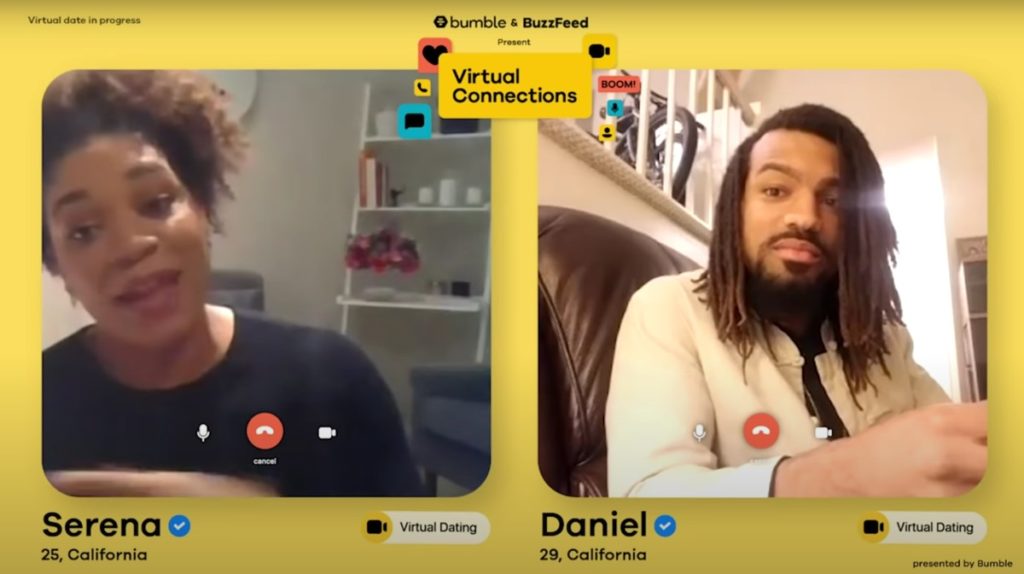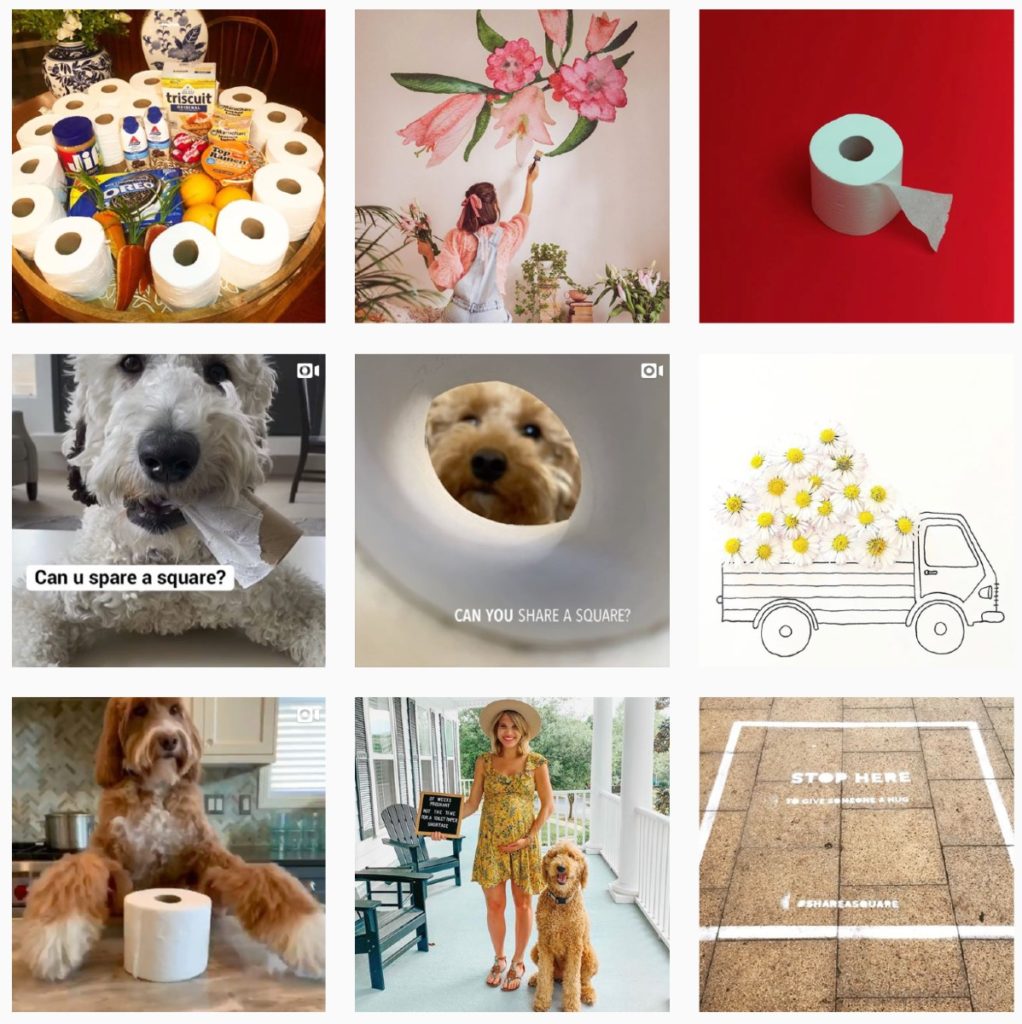This content originally appeared April 30, 2020 as part of the Future of Marketing weekly email series. Subscribe here
Businesses that master the balance between cost-reduction for short-term survival and investing for long-term growth succeed after a recession. To remain competitive, focus on strengthening your brand’s value and purpose in people’s lives. Does your value proposition need to be refreshed, simplified, or communicated differently?
Online ordering, home- and curbside-delivery purchasing patterns were forced almost overnight. Now is the time to narrow your focus and calibrate your brand’s direction to re-align with new patterns and consumer demands.
Shifting purchasing patterns
Retail has experienced ongoing change for several years at a pace that has now accelerated – contactless tech and e-Commerce are surging, and virtual experiences have become a norm. Consumers are anxious, and brands are scrambling to adapt and fulfill their needs.
Lego created a lifeline for parents facing the challenges of home-schooling with its #ExplainedWithLegoBricks YouTube series; the videos teach everything from animal facts to math and genetics.
Meanwhile, American Eagle is encouraging customers to trade in their PJs for AE jeans and tag their photos with #AExME for a chance to be featured in their marketing campaigns – leveraging this user-generated content to boost brand awareness.
Creating engaging experiences is a talent that takes understanding consumer motivations to exceed expectations and drive participation. This week, we are spotlighting retail brands leveraging UGC for stronger engagement.
Demanding Distraction
People want two things right now: help and comfort. If your business can fulfill either, communicate it! Consumers crave distractions like entertaining content and experiences that spark joy.
For instance, people are baking more than usual. King Arthur Flour reported March sales increased over 2,000% year-over-year – and revamped their site with a sourdough recipe that had over 1.3 million page views. The flour brand also launched “The Isolation Show” on Facebook, allowing users to share recipes and connect with fellow isolated bakers. Gen Z and Millennials have taken the conversation to TikTok – using trending hashtags like #baking and #bananabread.
eSports, online gaming, and overall screentime are also surging – and retailers are sold out of the Nintendo Switch. While gamers wait for consoles to restock, streaming platforms like Netflix and Twitch are gaining market share – capturing binge-watchers and gamers with Netflix Party and a new eSports directory.
Consider strategies to bring comfort to people’s lives. Sometimes, adding value and boosting awareness can be achieved by merely giving people something to look forward to.
Connecting in isolation
Researchers are studying the psychological effects of isolation, stating “many people will feel isolated, both physically and psychologically, but others may actually feel more connected to their households, neighbors and/or social networks.”
Bumble and Buzzfeed created a virtual dating experience, where the brands selected 11 matches, asked them to record themselves, and re-used the content in a marketing campaign. Beer companies, including Miller High Life and Busch Beer are even helping couples get married at home.
Fortnite recently hosted a game-changing virtual concert featuring a live set by Travis Scott. The virtual performance recorded a record-breaking 12.3 million participants – although even more users are expected to have joined via Twitch and YouTube. This is the latest in a series of events that highlight the increasingly blurred lines between physical and virtual consumer behaviors.
#BrandCrush: Cottonelle
Cottonelle released a simple ad urging Americans to stop hoarding toilet paper. Instead, it prompted social media users to “share a square” with friends, family, and neighbors in need.
Cottonelle partnered with United Way to donate $1 million and 1 million rolls of toilet paper to the organization’s pandemic Community Response and Recovery Fund. The company also pledged to donate $1 for each toilet paper post that is uploaded on social media using #ShareASquare. Cottonelle shares, “though some shelves may be empty, we know there is no shortage of kindness.”
Cottonelle partnered with United Way to donate $1 million and 1 million rolls of toilet paper to the organization’s pandemic Community Response and Recovery Fund. The company also pledged to donate $1 for each toilet paper post that is uploaded on social media using #ShareASquare. Cottonelle states, “though some shelves may be empty, we know there is no shortage of kindness.”
Marketing can be adapted and improved to help bring people together. The more you understand what drives your customers’ behavior – and the value you offer – the more aligned your strategies will be.




